The goddess is depicted full-length, in a frontal posture, according to the iconographic canons specific to the imperial period: she wears her famous tight-fitting tunic, richly decorated, and a pectoral covered with animal symbols and bovine protomes (or "multiple breasts", symbols of fertility, depending on the interpretation). Her tiered headdress (headdress or diadem) underlines her divine majesty. She is flanked by two deer, on which her rays abound. To her right and left are depicted a sun and a moon.
Similar intaglios, depicting Artemis or Diana of Ephesus, are featured in the Getty Museum's "Ancient Gems and Finger Rings: Catalog of the Collections" (see black and white photos).
Artemis of Ephesus is the product of a syncretization between the Greek goddess Artemis, goddess of the hunt and wilderness, and an ancient Anatolian mother deity, often identified with Cybele or other fertility figures. She was worshipped at Ephesus, one of the great Ionian cities of Asia Minor (present-day Turkey), where her cult dates back to the Archaic period.
The Temple of Artemis, also known as Artemision, was one of the Seven Wonders of the Ancient World. Rebuilt several times (notably after a fire in 356 BC), it was built in the 6th and 5th centuries, and housed the statue of Artemis, which has come down to us through Roman copies.
Our photo is of the yellow alabaster statue found at Villa Hadrian, and now preserved in the Museum of Naples.
The gold setting is modern.
H_1.2 L_1 cm
Gross weight: 5.5 g.
European ring size: 53.


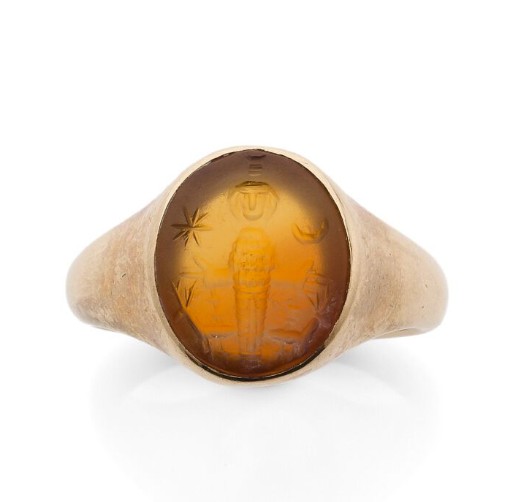

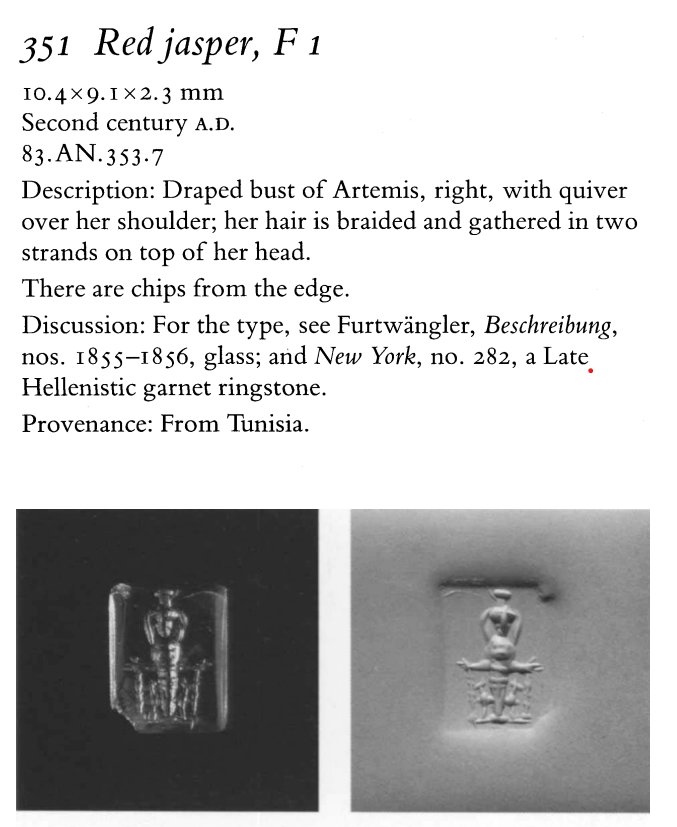













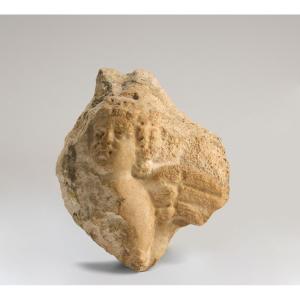


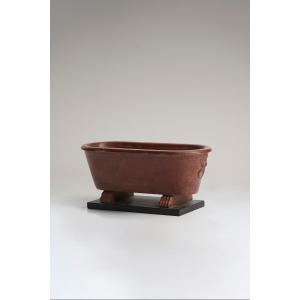




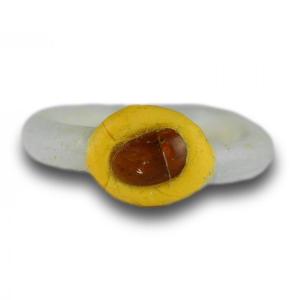


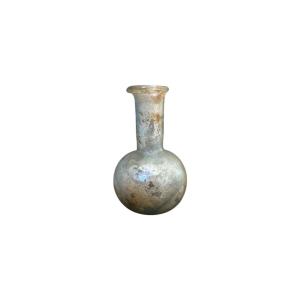




 Le Magazine de PROANTIC
Le Magazine de PROANTIC TRÉSORS Magazine
TRÉSORS Magazine Rivista Artiquariato
Rivista Artiquariato